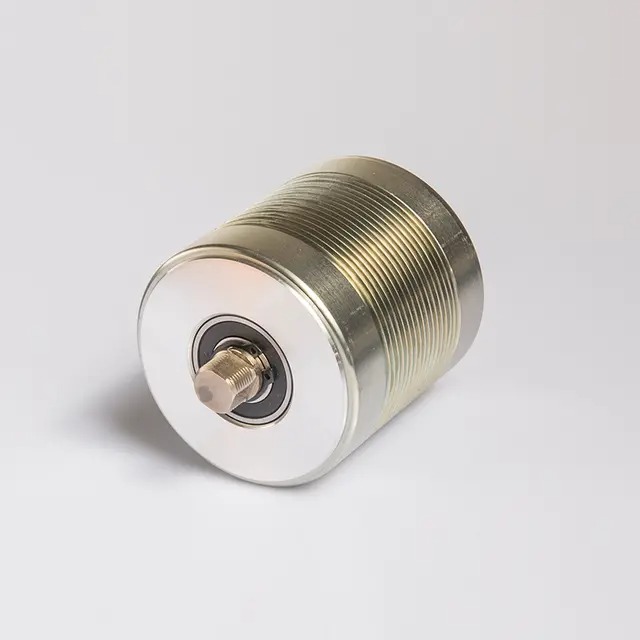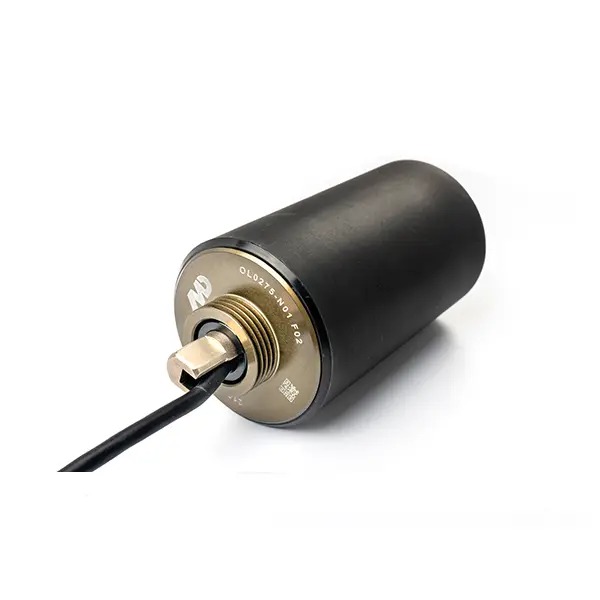Views: 185 Author: Site Editor Publish Time: 2025-07-12 Origin: Site








Motorized rollers are at the heart of modern conveyor automation systems, providing a compact, efficient, and energy-saving solution to drive conveyor belts and transport materials in industrial and commercial settings. Unlike traditional conveyor drives, which rely on bulky motors and chains, motorized rollers integrate the motor and transmission directly into the roller body. This self-contained design enhances space efficiency, improves safety, and simplifies installation.
As industries move towards intelligent and automated material handling solutions, motorized rollers have gained considerable popularity across sectors like warehousing, packaging, automotive, and food processing. Their modularity, precision control, and low maintenance make them an ideal choice for applications where speed, energy efficiency, and flexibility are critical. In this article, we explore the fundamentals of motorized rollers, including their components, benefits, use cases, and maintenance practices.
At their core, motorized rollers are cylindrical conveyor components that house an electric motor and gear assembly inside the roller tube. The motor is typically powered by low-voltage DC or AC current, and it drives the roller via internal gears, transferring motion to the conveyor belt or transported items directly.
What makes motorized rollers unique is their simplicity. Since the drive mechanism is built into the roller itself, there’s no need for external drive shafts, belts, or chains. This integrated structure offers silent operation, improved safety, and minimal space usage. The rollers are usually controlled by external motor controllers, which regulate speed, direction, and acceleration depending on the application requirements.
Motorized rollers can work independently or be synchronized in zones to achieve accumulation, sorting, or other automation tasks. In many applications, they are part of a Zero Pressure Accumulation (ZPA) system that ensures no product-to-product contact during stops and starts—ideal for fragile goods.

Understanding the internal structure of a motorized roller provides valuable insight into its functionality and reliability. Below are the main components typically found in a motorized roller:
| Component | Description |
|---|---|
| Roller Tube | The outer shell, usually made of steel or aluminum, that rotates and carries loads. |
| Electric Motor | Located inside the tube; drives the roller shaft via gears. |
| Gearbox | A series of precision gears to reduce speed and increase torque. |
| Bearings | Allow smooth rotation and reduce friction. |
| Cable Connector | External power and control cable, often sealed for protection. |
| Controller Unit | External unit that sends signals for speed, start/stop, and direction. |
This internal structure allows the roller to maintain a slim profile while housing all the mechanical and electrical components needed to function independently.
Motorized rollers offer a suite of advantages that make them a compelling choice for modern conveying systems. Here are some of the top benefits:
Traditional conveyor systems often require large external motors, chains, and sprockets, which occupy valuable floor space. Motorized rollers, by contrast, are compact and self-contained, allowing for streamlined system design and better use of physical space.
Motorized rollers consume significantly less power compared to centralized drive systems. Because each roller can operate independently, energy is used only where and when needed. This results in lower operating costs and a more sustainable footprint.
Because the motor and gear system are enclosed within the roller, motorized rollers produce less vibration and noise. This is especially advantageous in environments such as food processing or e-commerce warehouses where noise reduction contributes to employee comfort and safety.
With fewer exposed moving parts, the risk of workplace injuries is drastically reduced. Additionally, their sealed structure makes motorized rollers ideal for cleanroom environments and industries with strict hygiene standards.
Motorized roller conveyors are highly modular. You can easily add, remove, or reconfigure sections of the conveyor without having to overhaul the entire system. This makes them perfect for evolving operational needs and flexible warehouse layouts.
Motorized rollers are used in a wide range of industries due to their adaptability and performance. Here are some prominent applications:
In fulfillment centers, motorized rollers help sort packages quickly and efficiently. They support high-throughput environments by integrating with barcode scanners, diverters, and sorting arms.
Due to their clean design and low noise, motorized rollers are frequently used in food processing and packaging. Stainless steel roller options meet hygiene requirements and are resistant to corrosion.
In auto manufacturing, motorized rollers are used to move heavy components such as engines, body parts, and tires along assembly lines. Their durability and torque capacity make them ideal for these tasks.
Motorized rollers provide precise control in pharmaceutical warehouses, where small and sensitive items must be conveyed without damage. Their low-noise and smooth operation reduce risk during transport.

One of the primary advantages of motorized rollers is their low maintenance requirement. However, ensuring longevity and optimal performance still demands periodic attention. Below are a few essential maintenance practices:
Check rollers monthly for signs of wear, vibration, or excessive noise. Early detection of abnormalities can prevent costly downtime.
Ensure power cables and control connectors are securely attached and free of damage. Exposure to moisture or debris can lead to communication failures.
Overheating is a sign of internal issues, often related to bearing wear or overload conditions. Using thermal sensors can help detect this early.
Most motorized rollers are pre-lubricated for life. However, certain industrial-grade models may require occasional re-greasing. Always follow manufacturer guidelines.
Yes. While there are different models designed for varying load capacities, heavy-duty motorized rollers can handle substantial weights—up to several hundred kilograms per roller. Always check the rated capacity before installation.
Motorized rollers are controlled via external controllers, typically through a PLC (Programmable Logic Controller). The controller can adjust speed, direction, and start/stop timing according to system logic.
The upfront cost may be slightly higher, but motorized rollers often lead to reduced installation, maintenance, and energy costs, resulting in lower total cost of ownership over time.
Only certain models designed with water-resistant and corrosion-resistant features are suitable for outdoor use. Check the IP (Ingress Protection) rating for confirmation.
Motorized rollers usually operate on low voltages, such as 24V DC or 48V DC. Some industrial types may use AC power, but low-voltage operation is preferred for safety and control precision.
Motorized rollers represent a leap forward in conveyor technology. Their integrated design, quiet operation, modularity, and energy efficiency make them an essential component of modern automation systems. Whether you're upgrading an existing facility or designing a new one, adopting motorized roller conveyors can significantly enhance productivity, reduce operational costs, and improve workplace safety.
As industries move toward smart and sustainable logistics, motorized rollers stand out as a future-proof solution. From streamlined assembly lines to high-speed sorting systems, their versatility continues to reshape the landscape of material handling.
If you're planning to implement motorized rollers in your system, consult with an expert to ensure optimal configuration, compliance with industry standards, and long-term reliability. With the right application, motorized rollers can be the quiet engine that powers your operations forward.